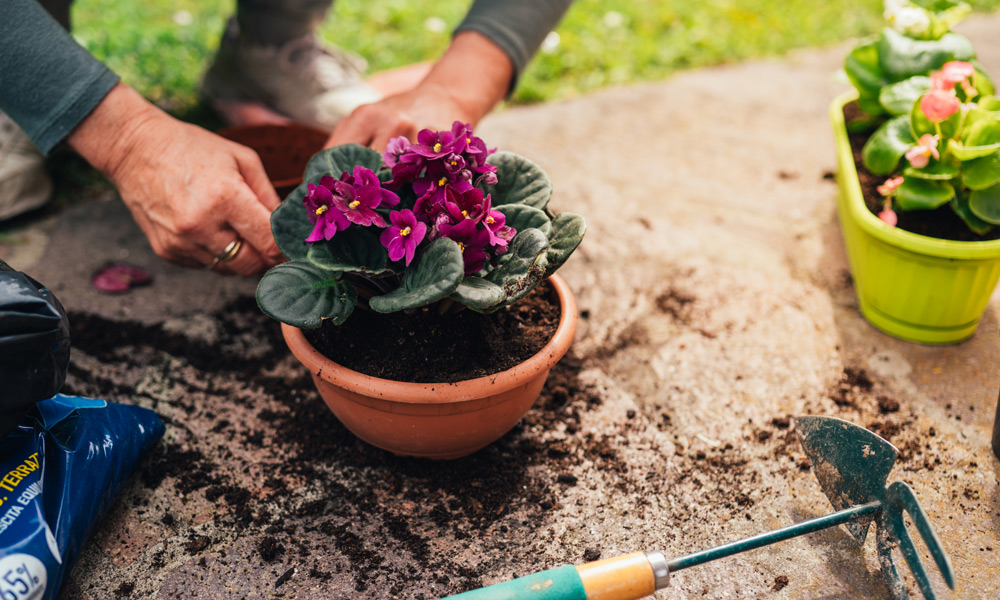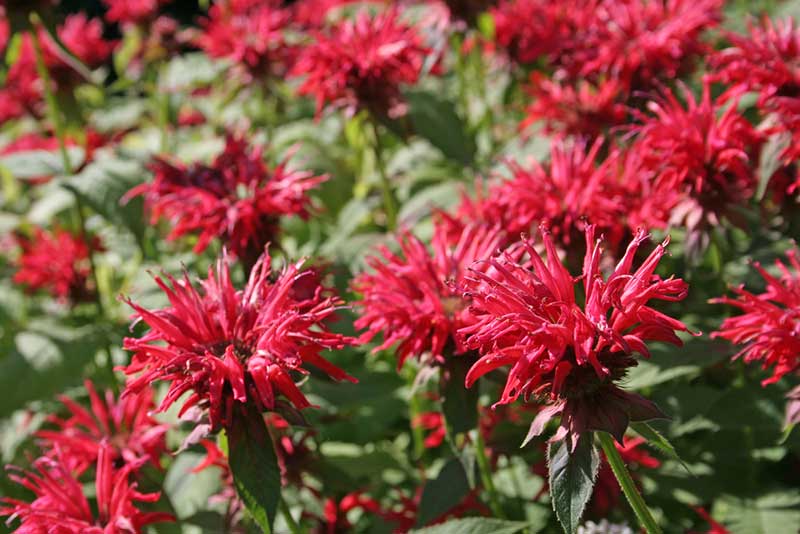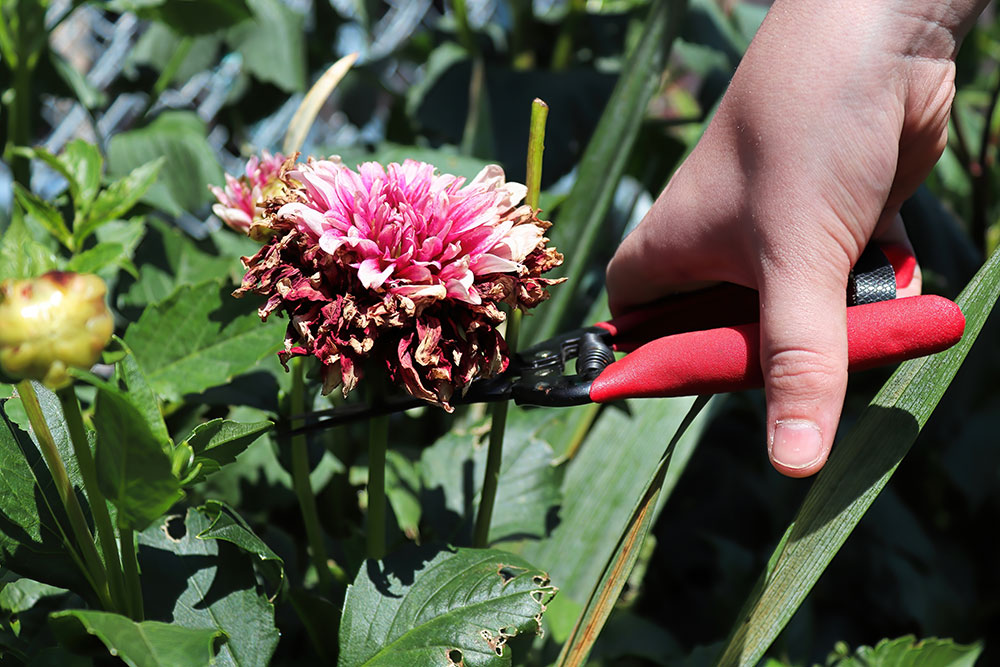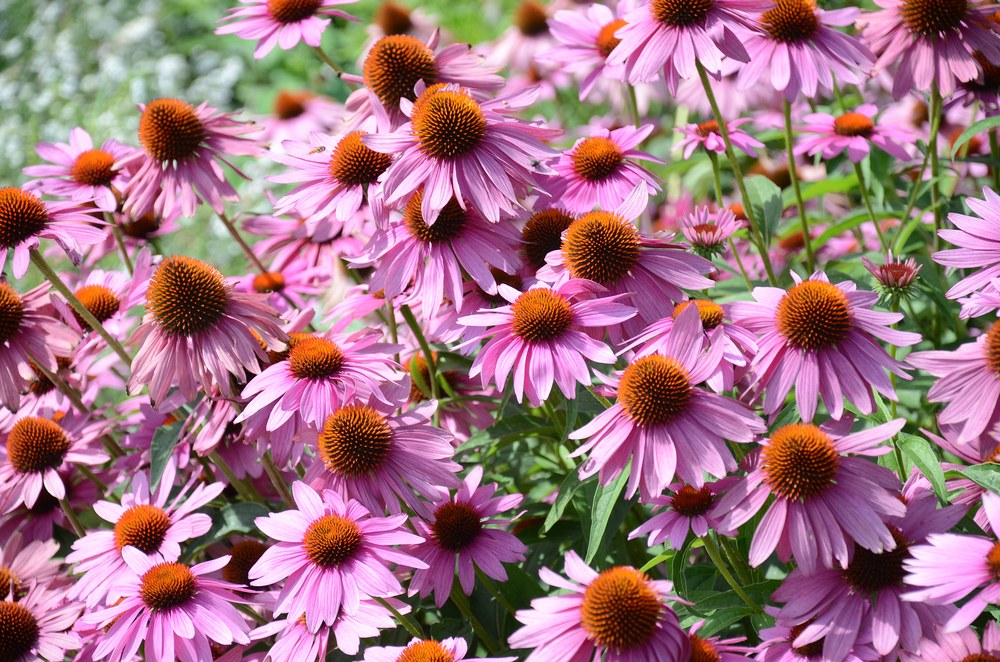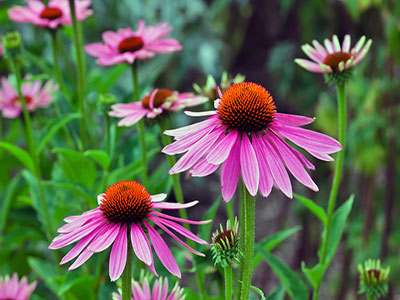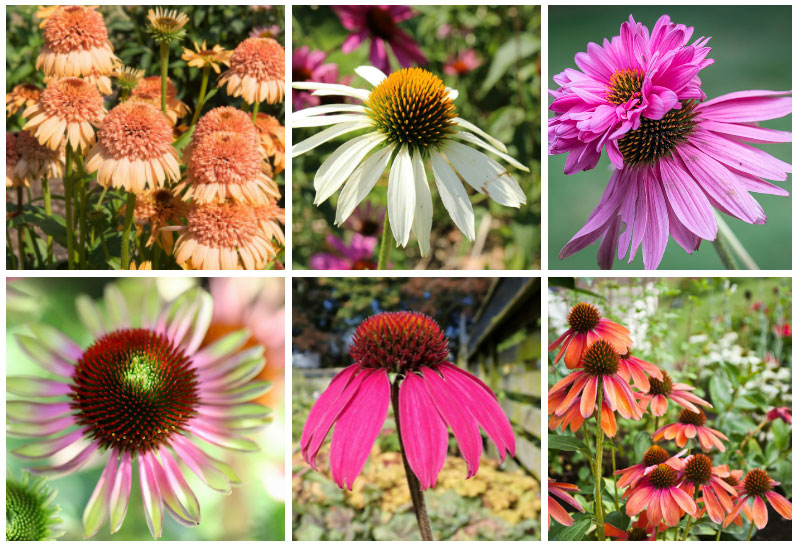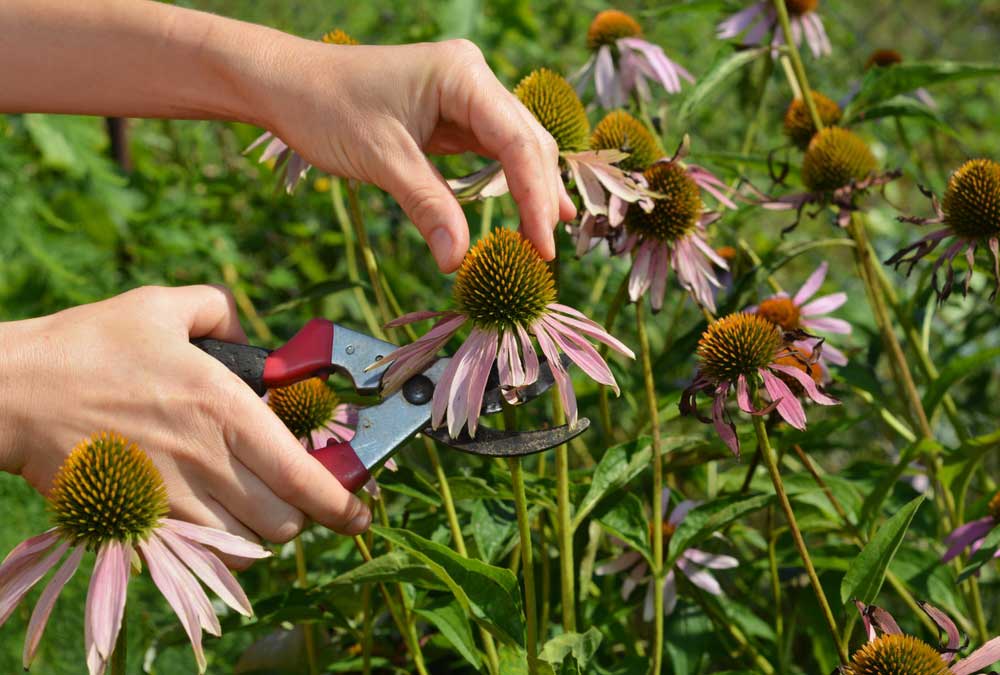
If you’ve been growing coneflowers (Echinacea) in your garden, you’ve probably found yourself standing there in midsummer, staring at those spent blooms and wondering: should I cut them or leave them?
It’s one of those gardening dilemmas that seems simple but opens up a whole world of considerations.
Today, we’ll go over everything you need to know about deadheading coneflowers, from the practical how-to steps to the wildlife implications that might just change your mind about what to snip.
What Is Deadheading, Exactly?
Before we dive into the specifics of coneflower care, let’s clarify what deadheading means.
Simply put, deadheading is the practice of removing spent flowers from your plants. When you cut off a flower that’s finished blooming, you’re redirecting the plant’s energy from seed production back into making more flowers.
It’s like telling your plant, “Hey, let’s keep this party going instead of settling down to raise a family just yet!”
For coneflowers, this means snipping off those faded blooms with their drooping petals and darkened centers. But here’s where it gets interesting – coneflowers aren’t just any flower.
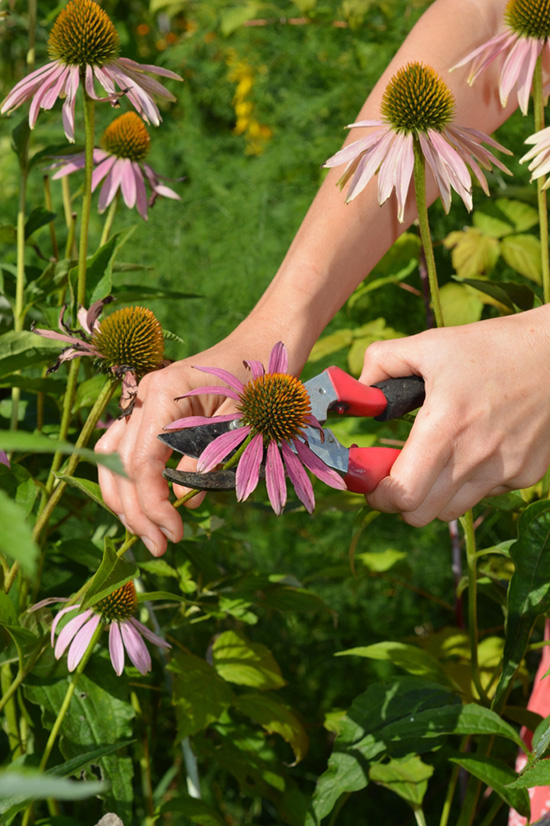
These North American natives have been supporting wildlife for centuries, and their seed heads become crucial food sources for birds during fall and winter months.
The Case for Deadheading Your Coneflowers
Let’s start with why you might want to deadhead. If you’re looking to keep your coneflowers blooming longer and your garden looking neat and tidy, deadheading is your friend.
When you remove spent blooms, you’re essentially tricking the plant into thinking it hasn’t accomplished its reproductive mission yet. The result? More flowers throughout the growing season.
Many gardeners find that regular deadheading helps bridge those natural lulls in blooming that occur during the hottest part of summer. While coneflowers are often called “continuous bloomers,” they can slow down when temperatures soar. A little strategic snipping can encourage fresh growth and new buds when you need them most.
Deadheading also serves a practical purpose in garden maintenance. Removing decaying flower heads reduces the risk of fungal diseases and keeps your plants healthier overall.
Coneflowers can be prone to powdery mildew and other fungal issues, so keeping things clean and tidy goes a long way toward prevention.
When and How to Deadhead
Now, let’s talk technique. Unlike some delicate annuals that you can pinch back with your fingers, coneflower stems are sturdy and require clean, sharp pruning shears.
You’ll want to sanitize your tools with rubbing alcohol or a bleach solution before you start – this simple step prevents the spread of diseases from plant to plant.
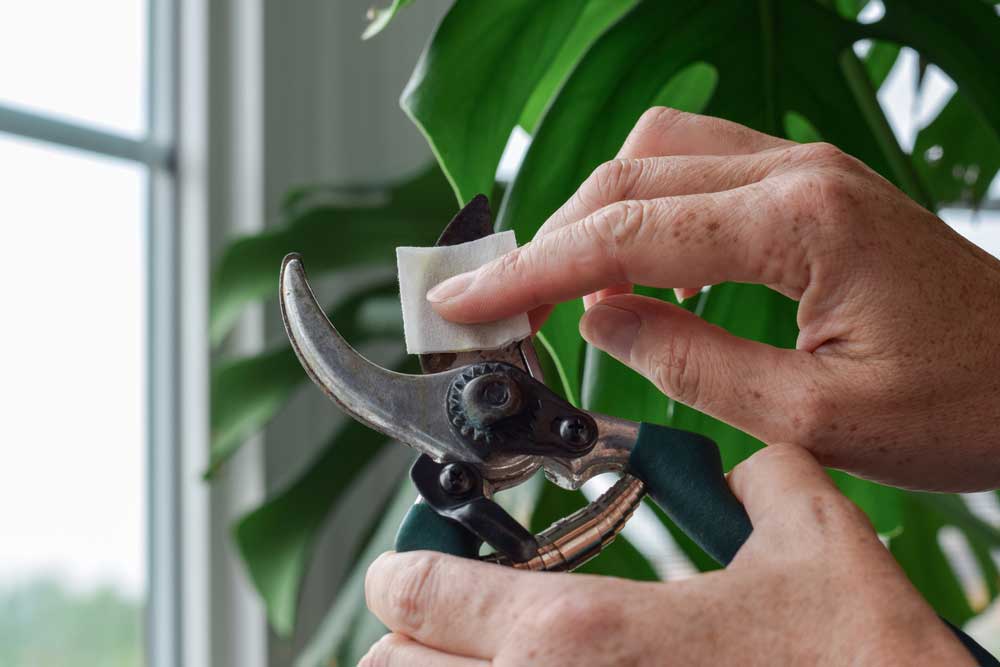
Here’s the key to proper deadheading: don’t just snip off the flower head. Instead, follow the stem down to the first set of leaves or to where you can see a new flower bud forming. Make your cut just above this point. This technique ensures you’re not left with unsightly bare stems poking up from your plants.
For coneflower varieties that produce multiple flowers on each stem, look carefully before you cut. Often, new blooms will appear at leaf nodes while the top flower is still wilting. In these cases, you’ll want to prune the spent flower and stem back to these new blooms rather than cutting the entire stem.
The timing matters too. During the main blooming season – typically late spring through midsummer – you can deadhead regularly as flowers fade.
But here’s where the decision gets more complex: what do you do as fall approaches?
The Wildlife Consideration
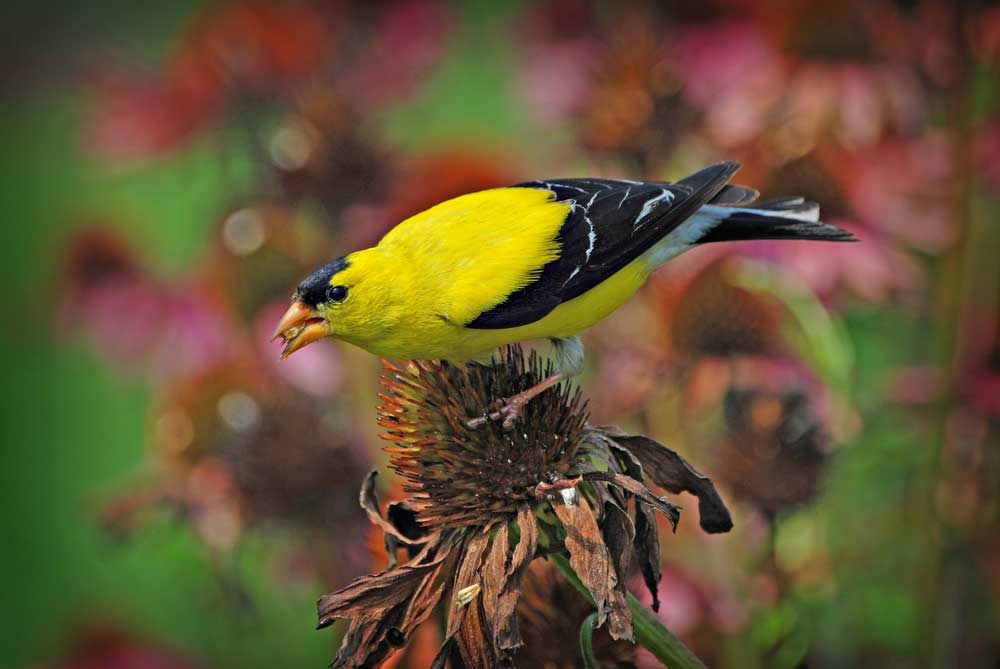
This is where coneflower deadheading becomes more than just a gardening technique – it becomes a wildlife management decision.
Those seed heads that form after the flowers fade? They’re not just plant debris; they’re bird feeders on stalks.
American goldfinches, in particular, are absolutely devoted to coneflower seeds. These bright yellow birds will cling to the spiky seed heads throughout fall and winter, methodically extracting each seed.
Chickadees, blue jays, cardinals, and pine siskins also rely on these seeds as an important food source when other options become scarce.
The seed heads provide more than just nutrition – they’re part of the natural rhythm of the garden ecosystem.
Birds that depend on these seeds have evolved alongside native plants like coneflowers, timing their life cycles around the availability of these food sources.
Finding Your Balance
So how do you balance the desire for continuous blooms with the need to support wildlife? The answer lies in strategic timing and perhaps a bit of compromise.
Many experienced gardeners follow this approach: deadhead regularly through the early part of the blooming season to encourage maximum flower production, then stop deadheading in late summer or early fall.
This gives you the best of both worlds – extended blooming when you’re spending the most time in your garden, and seed heads for wildlife when they need them most.
You might also consider a zoned approach. If you have coneflowers in highly visible front-yard plantings, you might choose to deadhead these more frequently for aesthetic reasons.
Meanwhile, coneflowers in back-yard wildlife gardens or naturalized areas can be left to set seed freely.
The Seed Head Debate
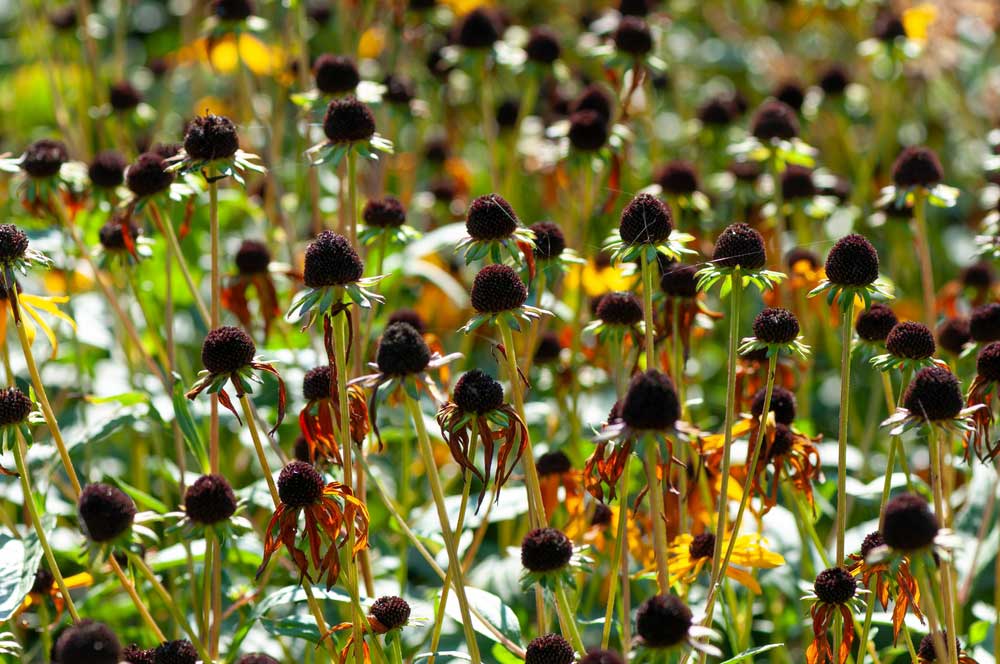
But what if you enjoy the look of those distinctive seed heads? Many gardeners find the brown, spiky cones attractive in fall and winter gardens, especially when dusted with snow. They add interesting texture and height to the winter landscape when most other perennials have died back.
There’s also the self-sowing consideration. Older, straight-species coneflowers like Echinacea purpurea will readily self-sow if left to set seed.
This can be wonderful if you want to naturalize an area or don’t mind a more casual garden approach. However, if you’re growing newer hybrid varieties, many of these won’t produce viable seed anyway, so you’re not missing out on potential new plants.
Practical Tips for Success
When you do deadhead, timing is everything. Look for petals that are discolored, drooping, or turning brown. The center cone will also darken and become more prominent as the flower ages. These are your cues that it’s time to cut.
If you’re unsure whether a flower is spent or just beginning to bloom, examine the cone closely. Fresh coneflower buds have less prominent centers and tightly furled petals. Spent flowers have spiky, seed-filled centers and drooping or missing petals.
Don’t forget about the second wave of blooms. Many coneflower varieties will produce lateral growth and additional flower buds after the main flush. Keep an eye out for these developing buds and avoid cutting them off accidentally.
Alternative Approaches
In the warmest growing zones, some gardeners use a technique called “cutting back” instead of simple deadheading. This involves cutting the entire plant back by about half its height during summer lulls.
This more drastic approach can stimulate a fresh flush of growth and blooming, but it’s not recommended in cooler regions where there may not be enough time for the plant to recover and rebloom before frost.
Another approach is selective deadheading – removing some spent flowers while leaving others to develop seeds. This gives you some extended blooming while still providing food for wildlife.

